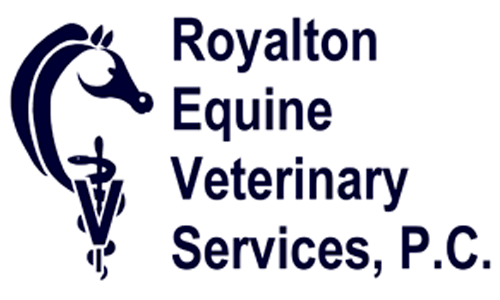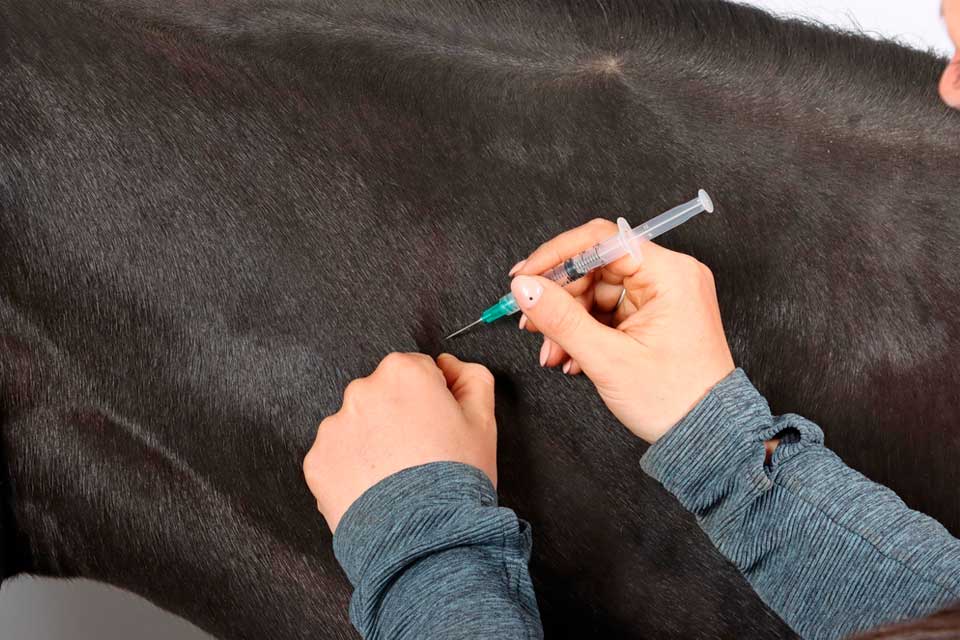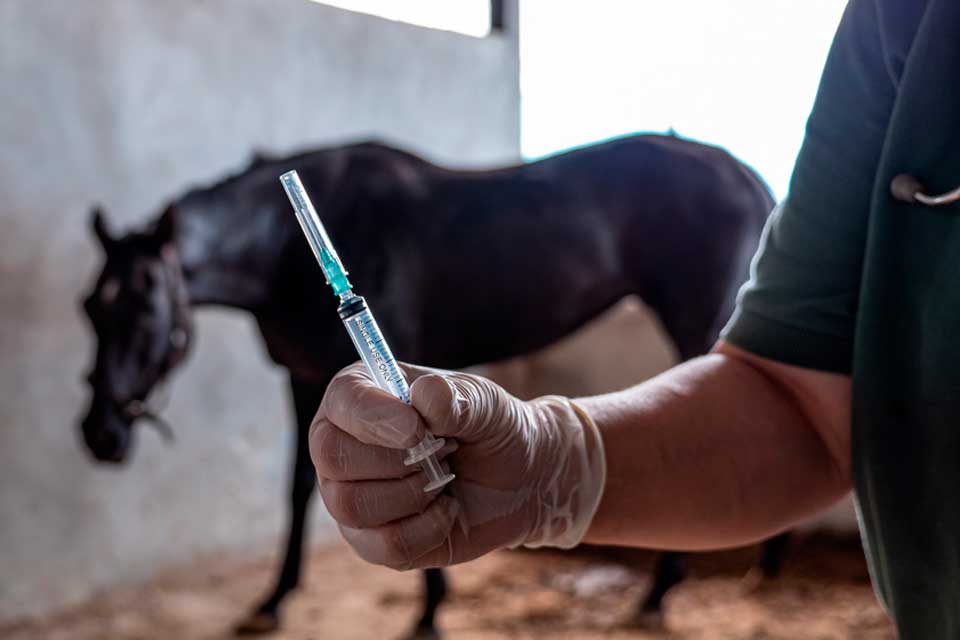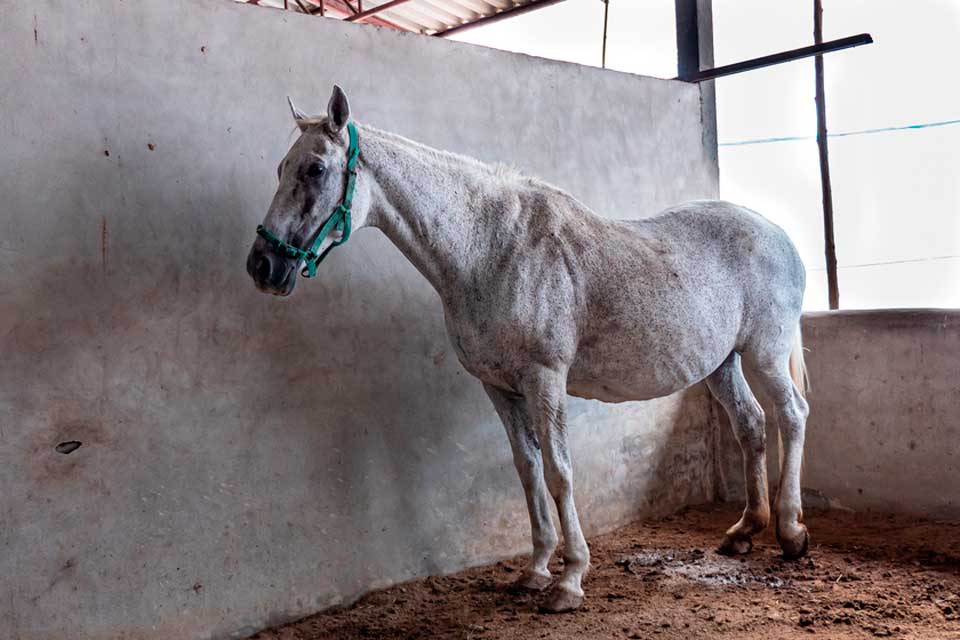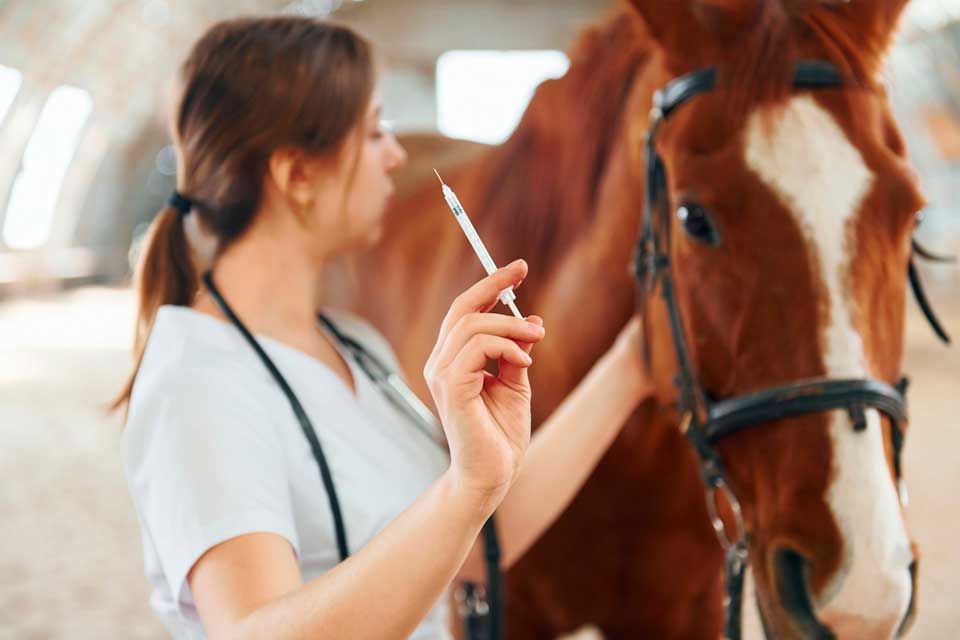Strangles is an upper respiratory tract infection caused by the bacteria Streptococcus equi (Strep. Equi). It can affect horses of any age although young horses (age 5 and under) tend to be more susceptible.
This contagious disease has many forms, the most common of which is the form responsible for abscess formation in the lymph nodes in the head. These nodes are located between the mandibles of the jaw and in the throatlatch area.
The swelling can be severe and result in respiratory distress, hence the name “strangles.” Affected horses also run a fever > 102, are anorexic, may exhibit dysphagia (difficulty swallowing), have a cough and a thick nasal discharge.
